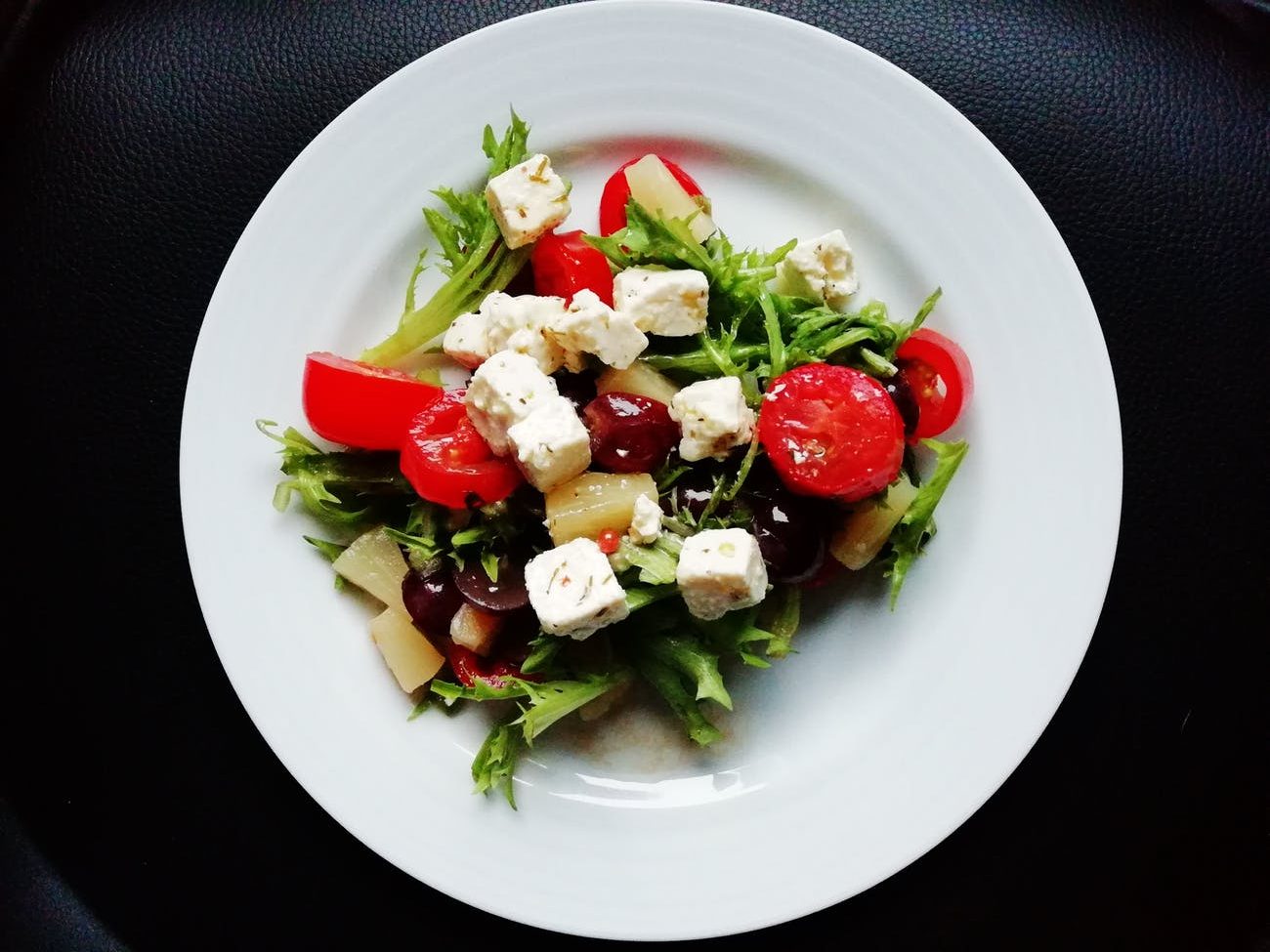According to the Centers for Disease Control and Prevention, heart disease is the number one killer of most Americans, regardless of race or ethnicity. Approximately 650,000 people die from heart disease every year. That’s approximately 36 deaths per second!
It’s no secret that eating well plays a major role in building a healthier body. By doing so, we can lessen our chances of joining the above statistic. But what does it mean to “eat well”?
Keep reading to find out.
Keep Cholesterol Levels Low
The most common heart illness is coronary artery disease (CAD). It happens when people have a high level of “bad” cholesterol. Cholesterol can be found throughout the body; it helps build cells and support other functions. There are two types of cholesterol, low-density lipoproteins (LDL) and high-density lipoproteins (HDL).
LDL is known as “bad” cholesterol because it can build up in the arteries (which supply blood to the heart). This blocks blood flow, which increases blood pressure and the risk of a heart attack. HDL is often called “good” cholesterol. It collects LDL and other harmful fats and brings them to the liver to be processed and eliminated.
Food high in saturated and trans fats can raise LDL. These include processed foods, sweets like donuts and cake, lard, shortening, fried foods, and fatty meats. To keep our hearts healthy, it’s important to choose food with good fats that increase HDL. These include monosaturated fats (olive oil, avocados, nuts, and seeds, etc.) and polyunsaturated fats (canola oil, walnuts, fish, etc.).
It is also very important to regularly consume omega-3 and 6 fatty acids. They help our cells function and control blood pressure and inflammation. Our bodies cannot produce these fatty acids, so it’s necessary to include them in our diet. They can be found in:
Omega-3s
- Oily fish (salmon, mackerel, trout, etc.)
- Flaxseeds
- Walnuts
- Chia seeds
Omega-6s
- Sunflower oil
- Corn oil
- Soybeans
- Pumpkin seeds
Limit Sodium Intake
The American Heart Association recommends that adults consume no more than 2300mg of sodium per day. Sodium helps regulate fluids in our bodies. However, too much can cause fluid retention. When this happens, our blood vessels pull in extra water. This increases our blood pressure and may cause damage to blood vessels over time. High blood pressure puts stress on our heart, requiring it to work harder to properly circulate blood.
Eat a Balanced Diet of Whole Foods
According to Harvard T.H. Chan School of Public Health, balanced meals include fruits, vegetables, whole grains, and healthy protein. Each meal, we should aim to fill our plates like this:
- ½ with fruits and vegetables
- ¼ with whole grains
- ¼ a quarter with good protein
Fresh Fruits and Veggies
Fruits and vegetables contain vitamins, minerals, antioxidants, and fiber. These compounds help our body function, protect against illness, and help us feel full longer. We should include a rainbow of different colored produce at mealtime, to get a variety of nutrients.
Produce that contains vitamin C and beta-carotene (a type of vitamin A) are good sources of antioxidants. Antioxidants help eliminate free radicals (potentially harmful molecules) and may help protect against plaque buildup in our arteries.
Produce with Vitamin C
- Oranges
- Broccoli
- Strawberries
- Bell peppers (green and red)
- Spinach
Produce with Beta-Carotene
- Sweet potatoes
- Carrots
- Butternut squash
- Cantaloupe
- Kale
Polyphenols are another antioxidant good for heart health. They protect the heart lining, increase HDL, and decrease inflammation.
Produce with Polyphenols
- Apples
- Grapes
- Raspberries
- Black currants
Eat Whole Grains
Unlike processed grains (e.g., white rice and bread), whole grains are unrefined. They have their nutrient-rich out layer (bran) and core (germ) intact. Whole grains are a major player in heart health, as they contain fiber. Specifically, soluble fiber (dissolves in water) helps lower LDL. The fiber attaches to LDL in the intestines, stopping it from entering our bloodstream. Instead, it leaves the body through feces (aka “number two”).
Whole grains include:
- Whole grain oats
- Brown rice
- Barley
- Quinoa
- Whole grain bread
- Popcorn
Pick Protein Wisely
Protein is not just for muscled-up gym-goers, everyone needs it. It is a building block for our organs, muscles, skin, and hair. Protein keeps us strong, full and fuelled throughout the day. We can get it from many sources, both animal and plant-based. However, we need to be careful about the source, as they are not all equal.
While meat is a common source of protein, eating a lot of high-fat, or processed meat can be harmful. Processed meats like hotdogs, canned meats, and deli meats often contain large amounts of salt. As we’ve learned, salt can increase blood pressure and stress the heart. High-fat meats can contribute to increased LDL.
Instead, we should choose healthy proteins like:
- Lean cuts of beef and pork
- Skinless poultry (chicken, turkey, etc.)
- Fish (fresh tuna, sardines, perch, cod, etc.)
- Lower fat dairy products (milk, yogurt, and cheese)
- Eggs
- Soy products (soybeans, tofu, tempeh, soy milk, etc.)
- Legumes (chickpeas, peas, lentils, etc.)
- Nuts (almonds, walnuts, cashews, etc.)
Eating well doesn’t mean we can’t enjoy our favorite junk food occasionally. What it does mean is trying to eat a balanced diet most of the time. When we do this, we put our heart’s health first. Healthy eating doesn’t have to be complicated or boring, either. With up to a 50% discount on an MealEasy subscription, our members can plan and prepare nutritious, interesting meals with ease!

